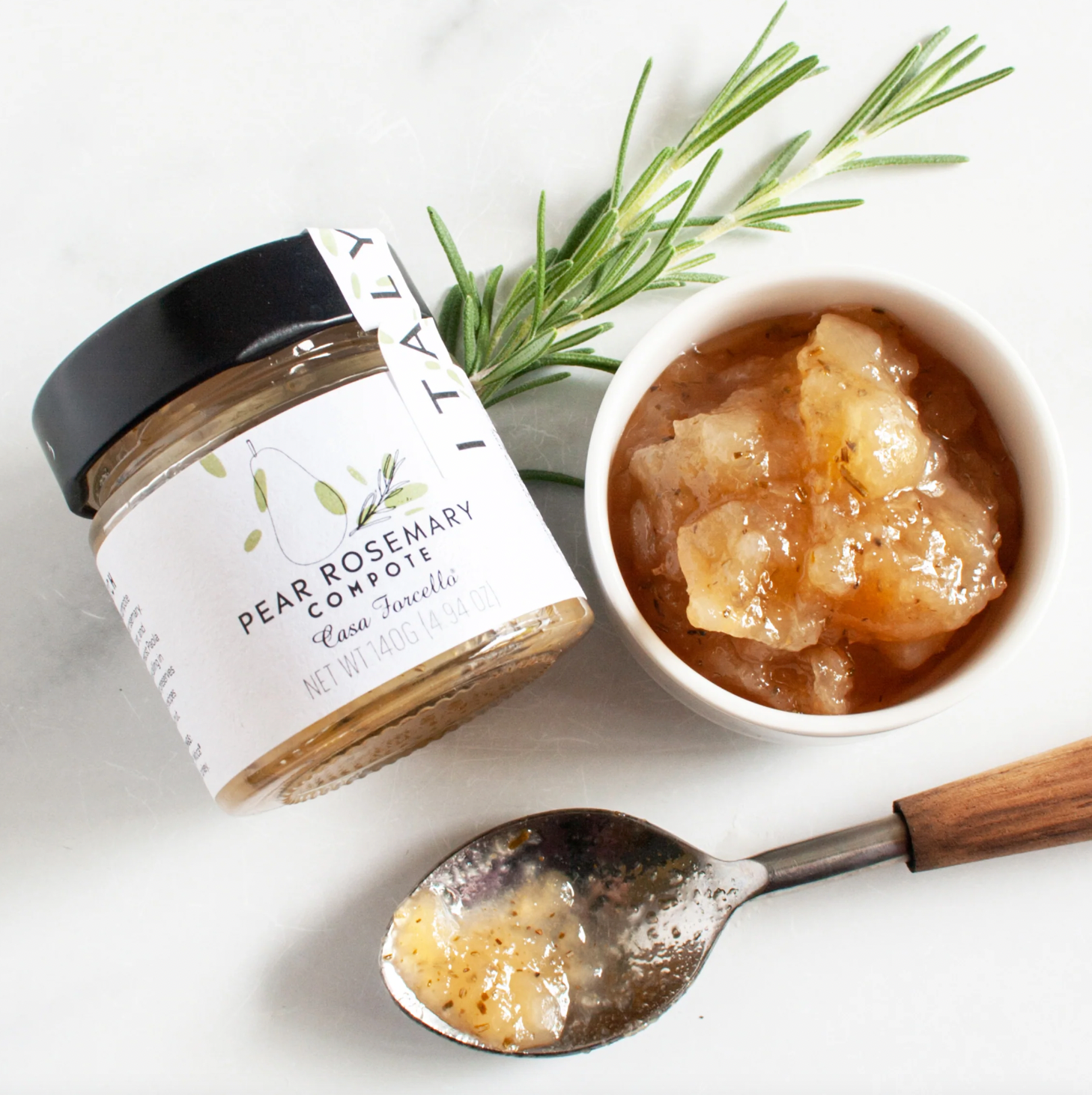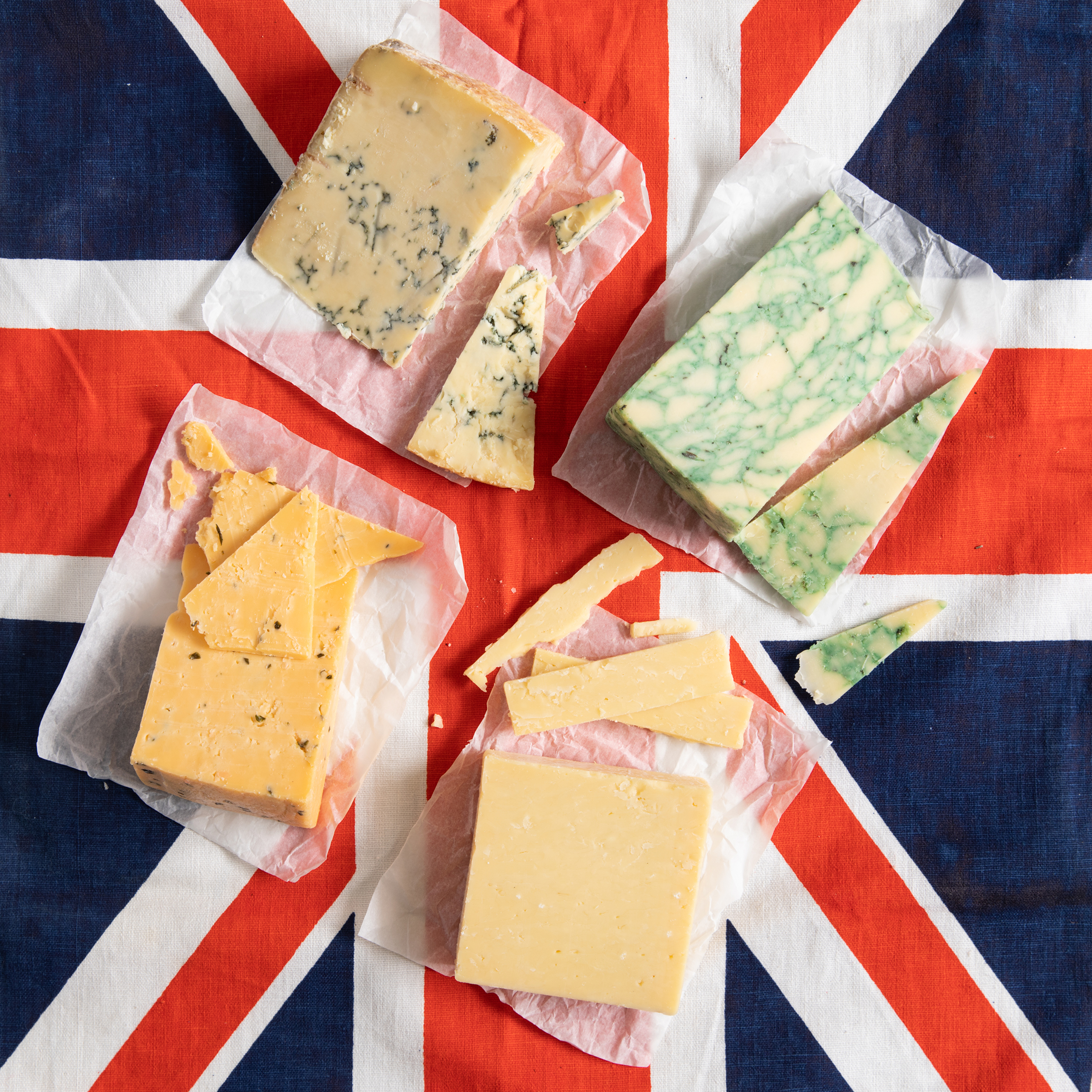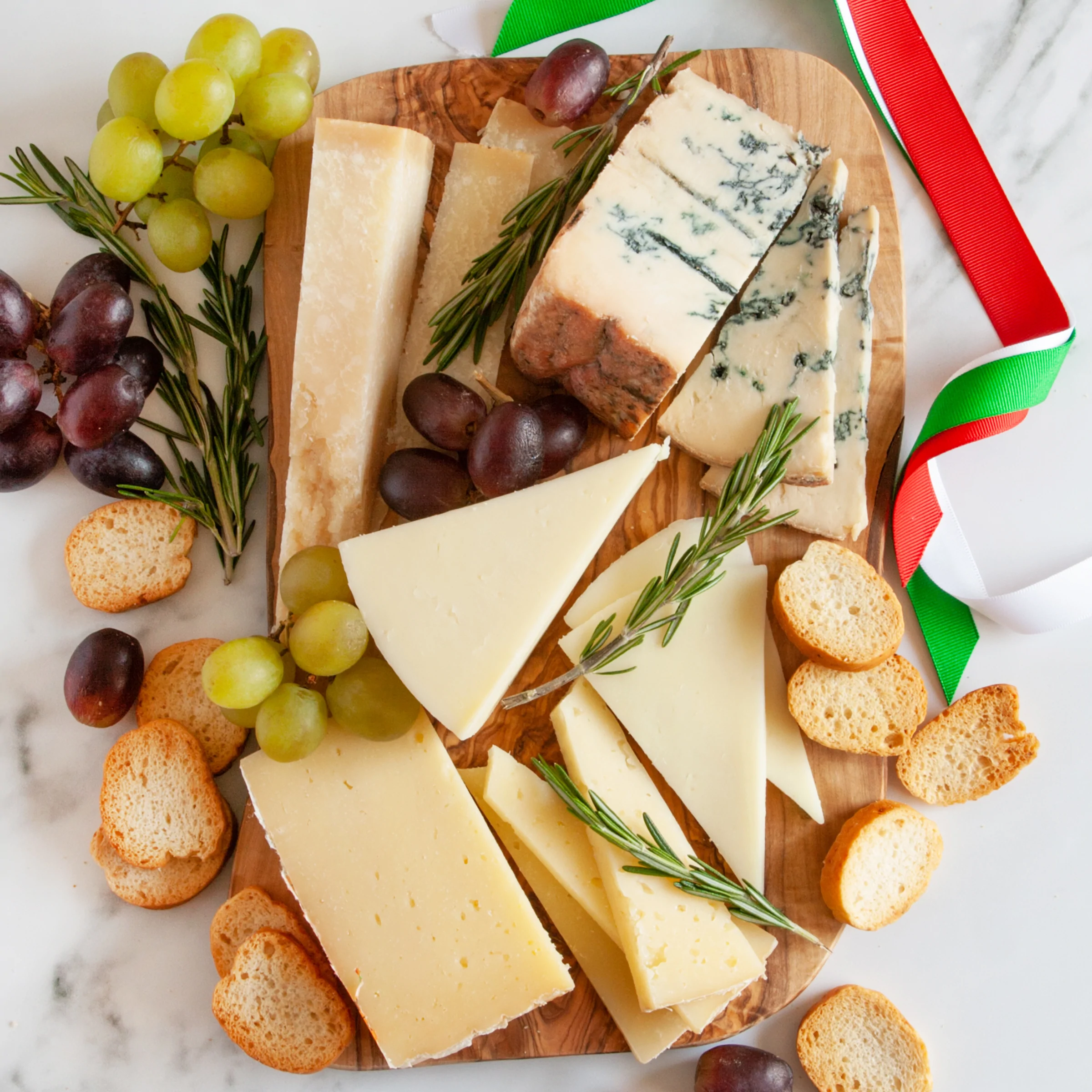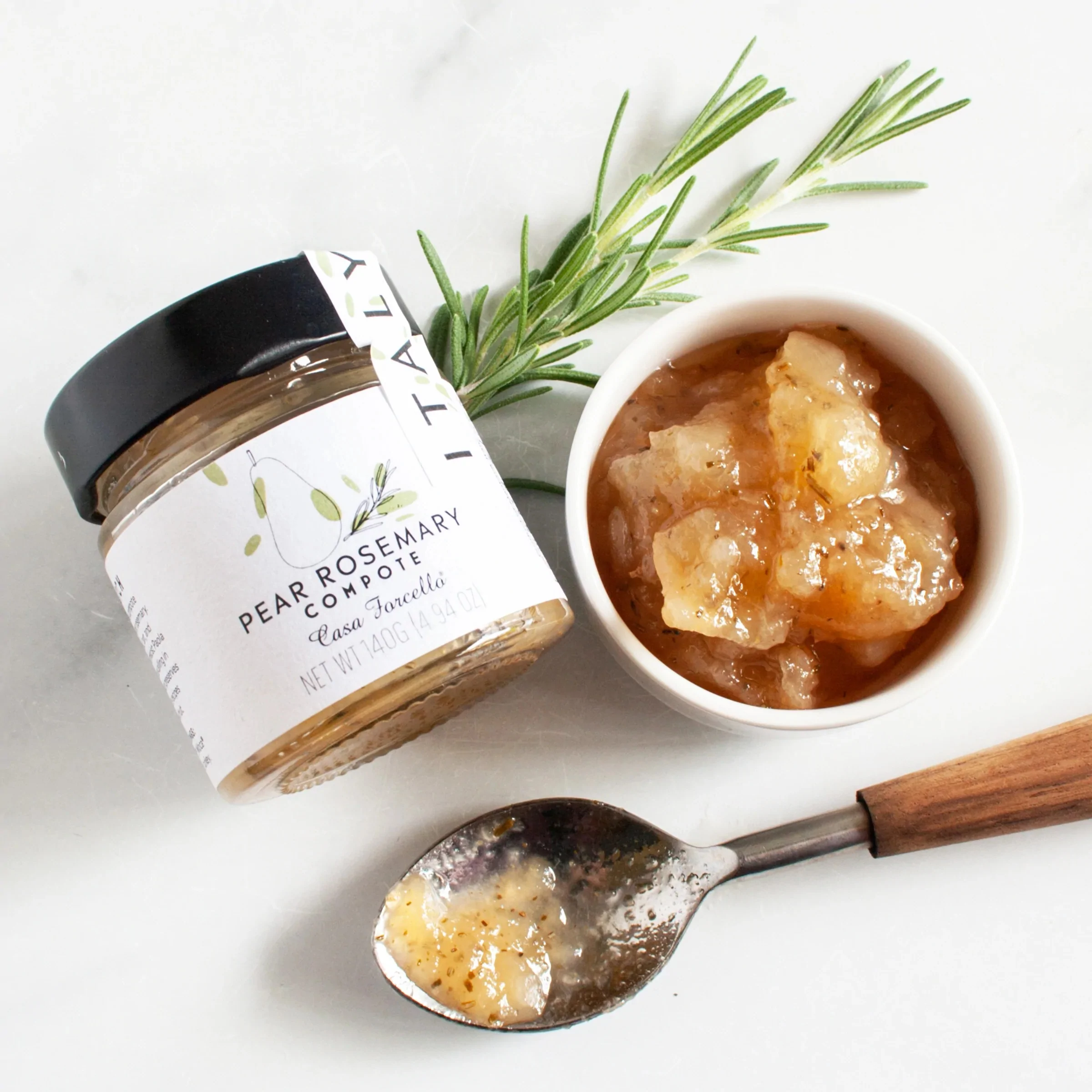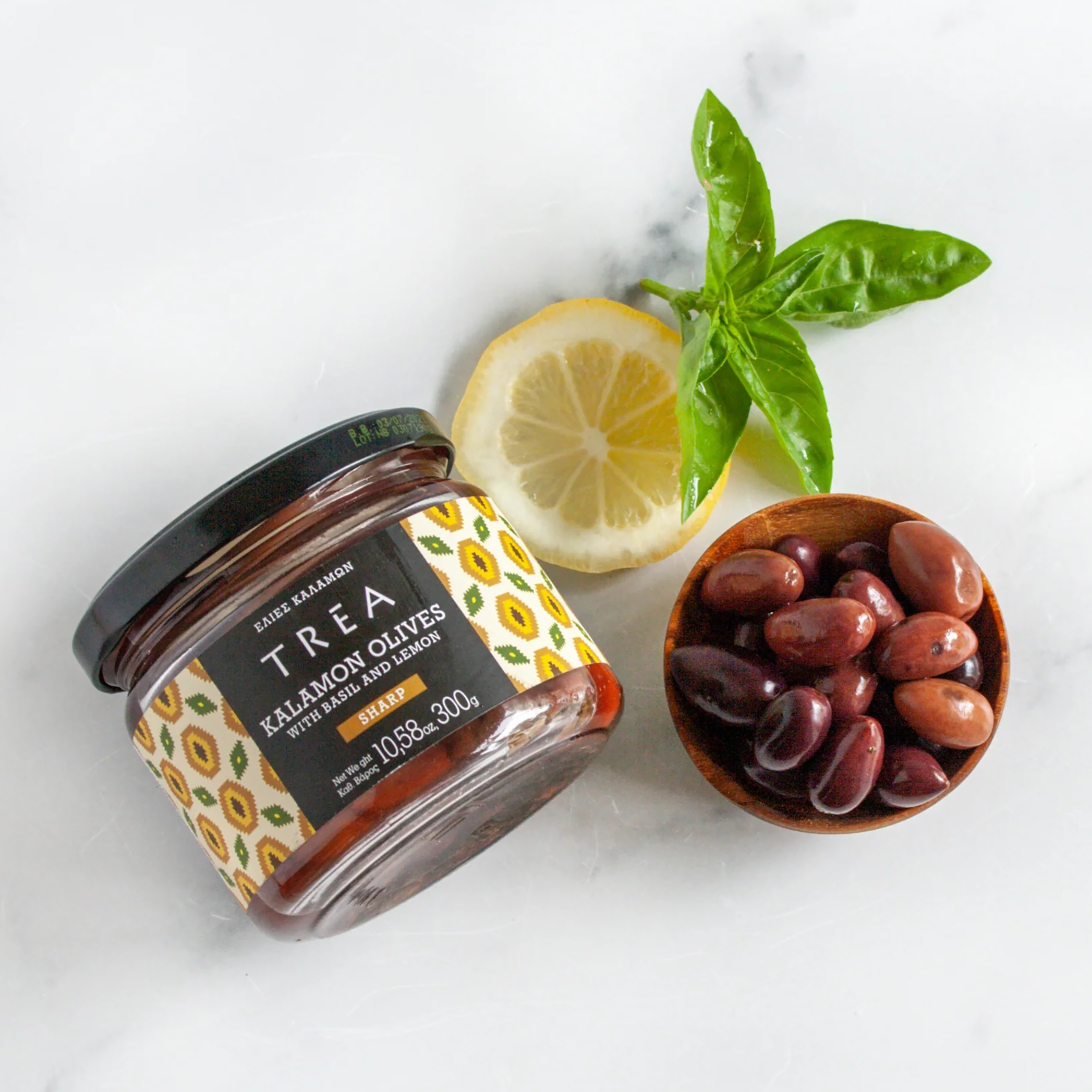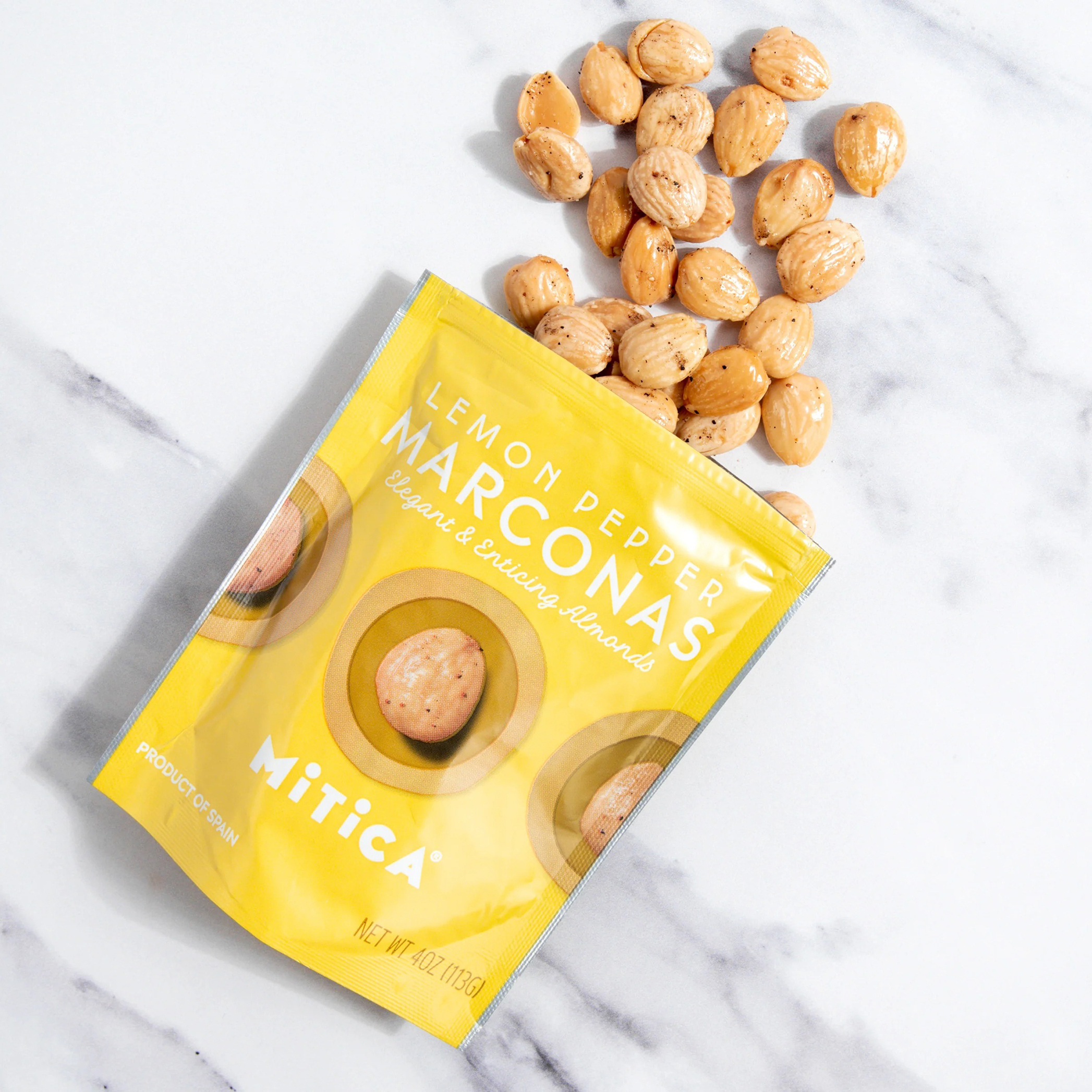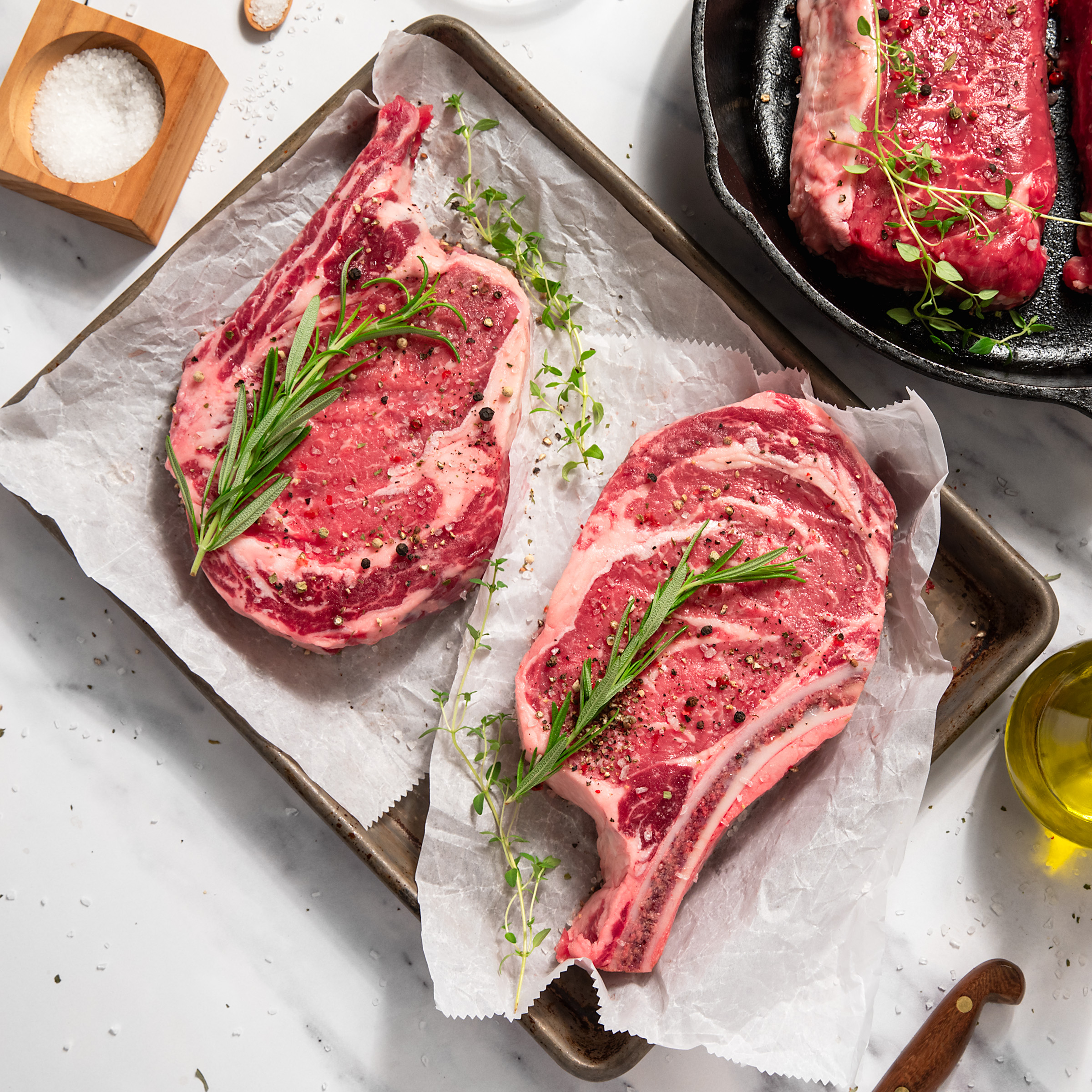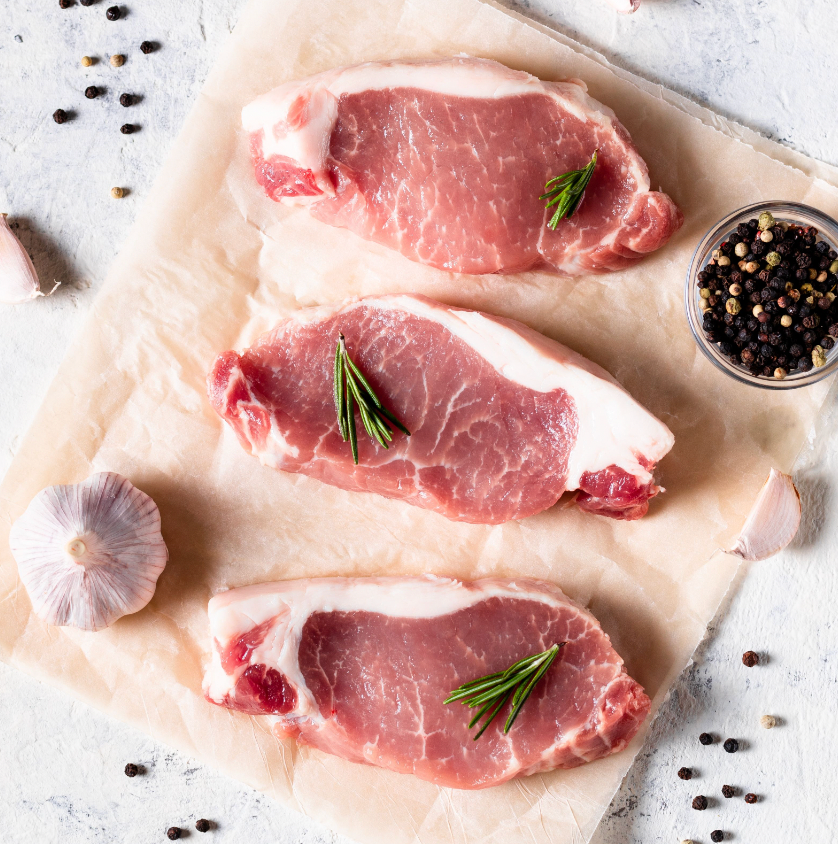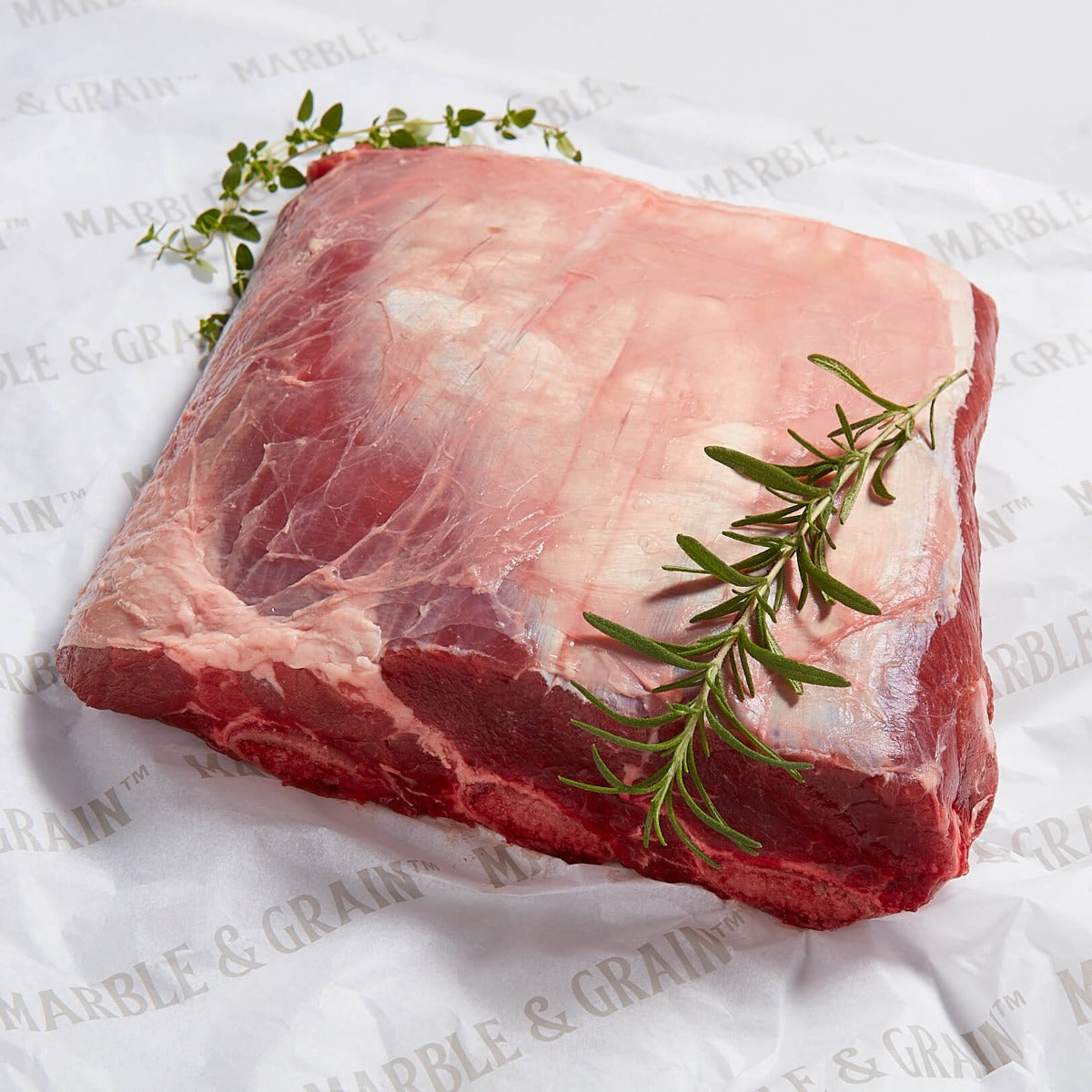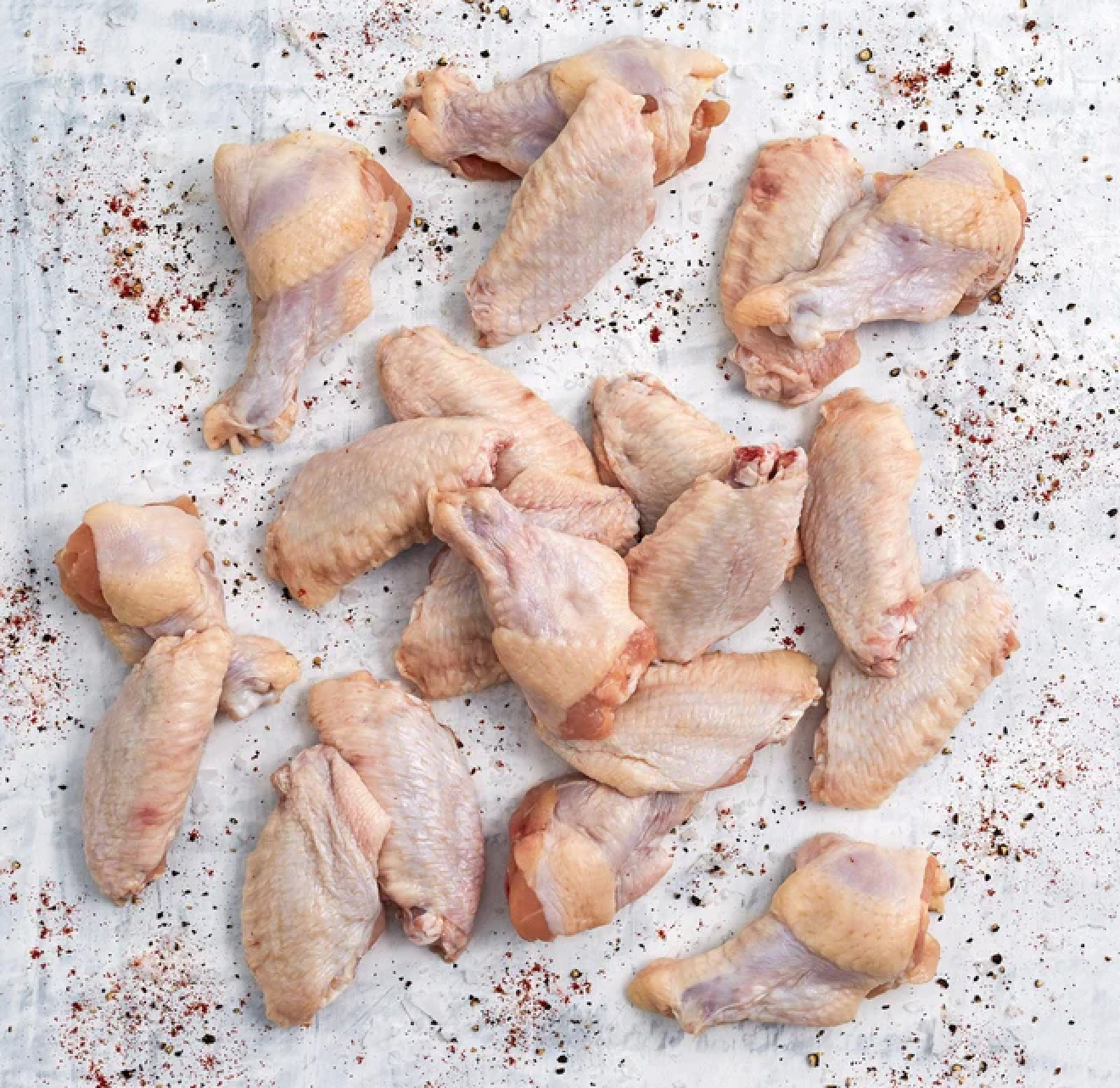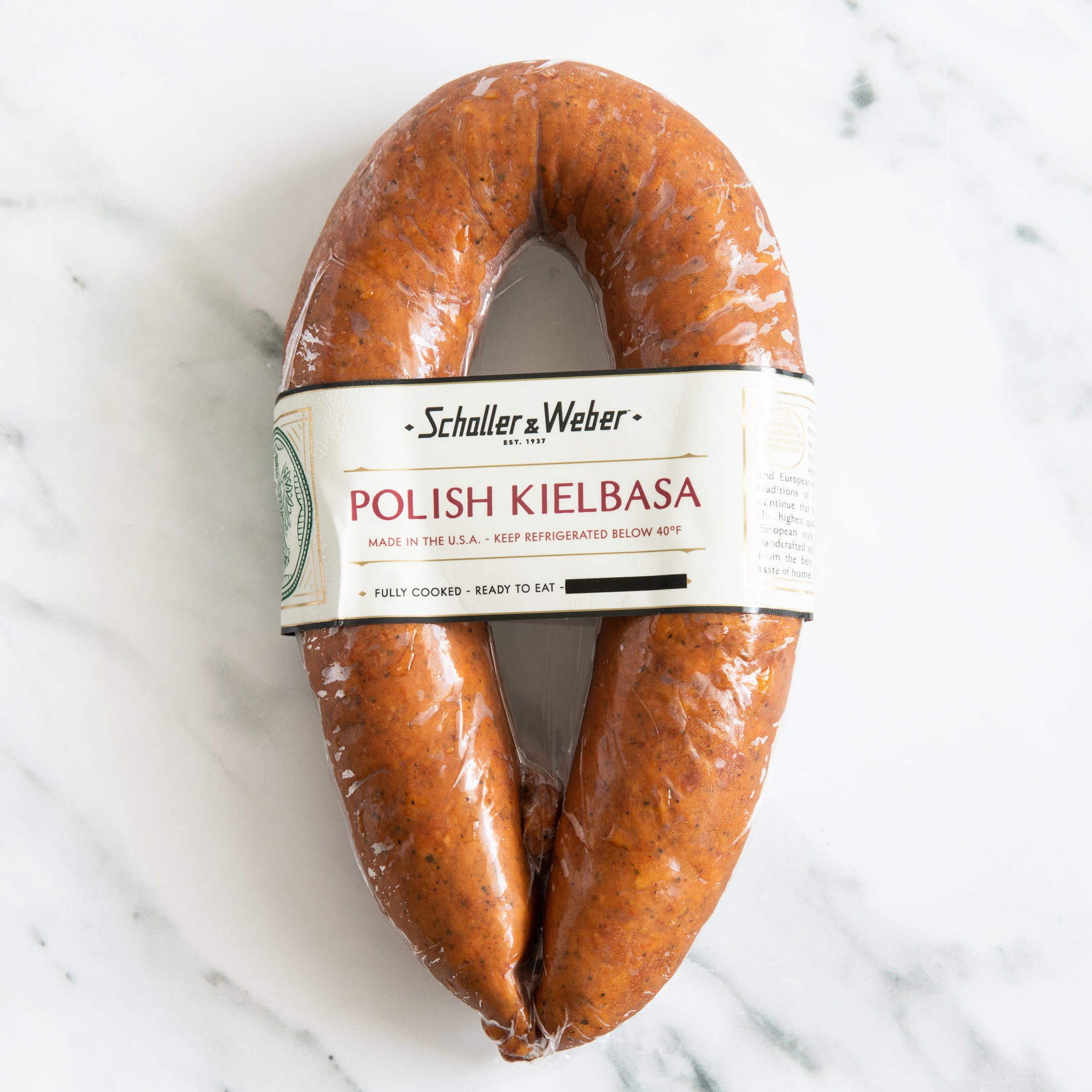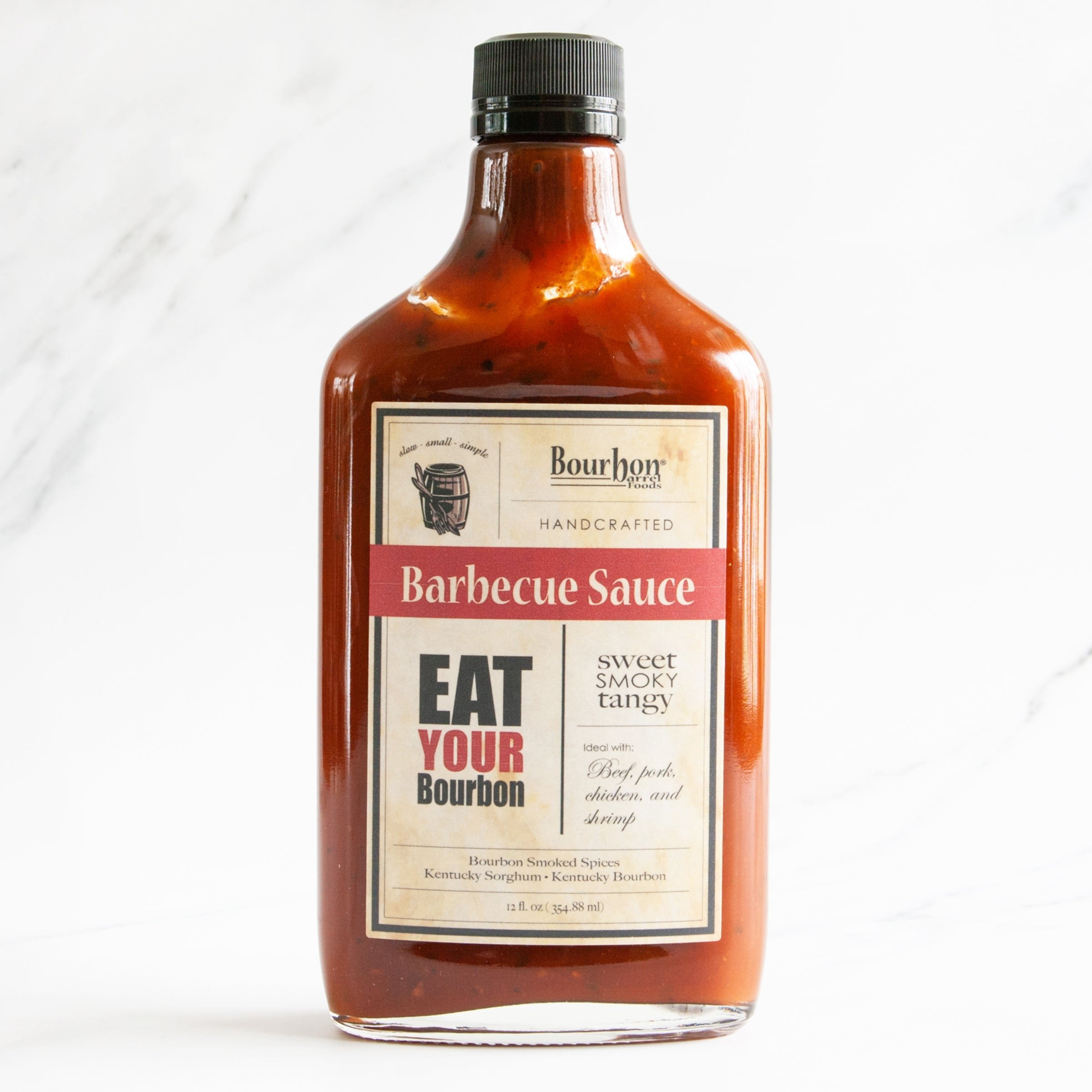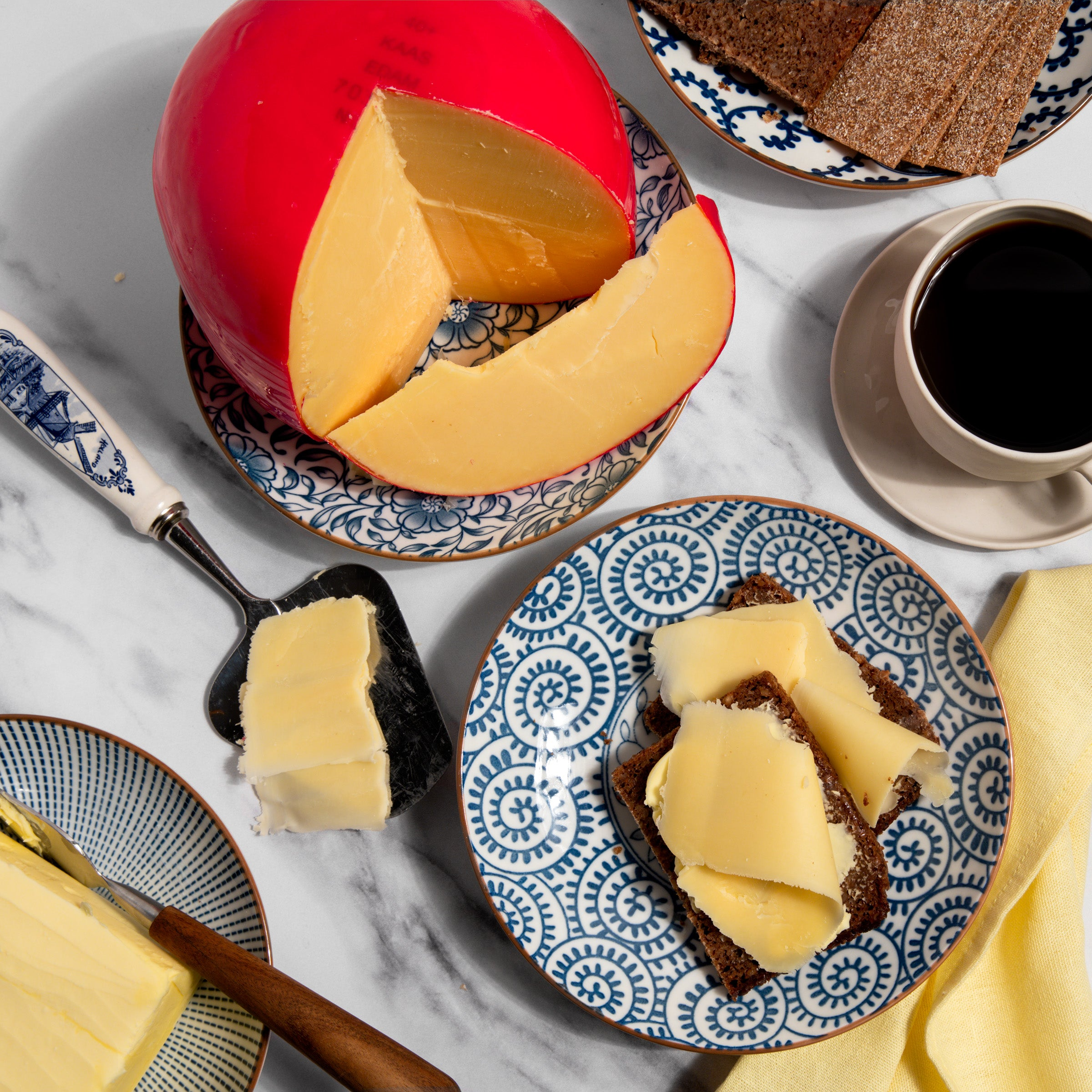Guide to Cheese Types
Italian Meats - Gourmet Guide
June 12, 2019 | By Dave Mattingly
From Coppa to Cotechino, Italian Meats run the gamut of flavors and textures. Most cured meats that we enjoy in America are based on original Italian recipes. Types of Italian Meats include Salami, Soppresata, Prosciutto, Pepperoni and more. Both beef and pork are important in the world of Italian Meats. Spices are also on the center stage of the Italian Meats performance.
Italy has been the worldwide pioneer in the techniques of curing meats since ancient Roman times. Curing is the age-old process of preserving fresh meat through salting, smoking and air-drying Italian Meats. Pork is the most common cured meat in Italy, although other meats such as beef, venison and wild boar are also cured. Each region of Italy is known for its own cured meats, known as salumi, based on local customs. Spice plays an important role in the curing of Italian Meats. Typically, Italian Meats from the south tend to be spicier than those from northern Italy.
Cured Italian Meats fall into two basic categories: cured meats that have been taken from whole cuts of meat, and cured meats that have been molded from ground meat and stuffed into casings. Cured meat plays a prominent role in the Italian antipasto, meaning "before the meal". An antipasto is a first course, traditionally consisting of foods such as sliced cured meats, cheeses and vegetables.
Types of Cured Italian Meats:
Bresaola: This cut of air-dried beef originally from Aosta is deep red in color and delicately flavored. Bresaola is delicious when sliced thinly, coated with olive oil and drizzled with lemon juice and capers. Like most Italian Meats, its production has spread beyond its original area of development to other parts of Italy and is also made by manufacturers of Italian Meats around the globe.
Cacciatore: This cured sausage, the smallest form of all Italian Meats, translates to "Hunter's Salami". These sweet, dry sausages are characterized not only by their small size but also their boisterous, spicy flavor. Cacciatore Salami are great for picnics or antipasto.
Capicola: This Italian Meat is perhaps more popular in the US than in southern Italy where it was first produced. Capicola is called for in most American recipes for an Italian Hoagie or Italian Sub. Made from pork shoulder butt that is brine soaked then cooked, Capicola is seasoned with hot pepper flakes, salt and garlic. Like many Italian Meats, it has a marbled appearance and a rich, bold flavor.
Coppa: This famous Italian cut of ham is a salted, seasoned and dry-cured thinly cut pork shoulder or neck. Coppa is a typical addition to an antipasto plate, served alongside other cured Italian Meats and enjoyed with a drizzle of extra virgin olive oil.
Cotechino: An example of the best of northern Italian Meats, Cotechino is closely reated to a similar salami called Zampone. This boiled Italian sausage originated in Modena in the early 1500s, and its production soon spread throughout all of Emilia-Romagna and into neighboring Lombardy and the Veneto. Typically served with lentils as a celebratory dish at New Year's, Cotechino is now enjoyed year round in Italy and by fans of Italian cuisine around the world.
Culatello: One of our favorite Italian Meats from Parma, Culatello is to Prosciutto as Filet Mignon is to steak. The most famous variety is Culatello di Zibello, hailing from the town of the same name. Culatello is banned from import into the US because of health concerns arising from its production methods. This prime cut of ham is first seasoned and salted, then it is inserted into a pig's bladder and shaped with twine into an oblong form. This most elusive of all Italian Meats is then cured for up to 12 months in specially designated aging buildings near the Po River where the river mist stimulates molds on the walls and ceiling, imparting the meat with a flavor that simply cannot be duplicated.
Guanciale: Although not an Italian Meat that belongs on the classic antipasto platter, Guanciale excels as a cooking ingredient. Guanciale is made of cured pork jowl and is used like Pancetta to add flavor and richness to pasta, risotto and stews. This traditional Italian Meat has a good amount of flavorful fat with striations of meat running throughout. Guanciale is often flavored with black pepper, garlic and rosemary mixed into its cure. Cubed up and fried until crispy, Guanciale is most often encountered in the classic dish, Pasta all'Amatriciana.
Lardo: While not technically a meat perhaps, Lardo is a salt-cured cut of pork back fat, spiced with black pepper, nutmeg and other savory additions. Locally popular in the Valle d'Aosta and other regions of the northern part of Italy, Lardo is served in a similar fashion to salami - sliced and included in an antipasto course or on a sandwich. A rare find among Italian Meats in the US, it must be produced locally as it has severe import restrictions.
Mortadella: Mortadella is one of the most famous Italian Meats worldwide. It was first produced in Bologna and is the ancient ancestor to what Oscar Meyer simply calls Bologna Meat in the US. Unlike ordinary Bologna meat, This cured pork sausage boasts the addition of pork fat and numerous flavorful spices to its recipe. In Italy, Mortadella is often used in sandwiches or as part of the antipasto course.
Pancetta: One of the most traditional Italian Meats, this salted, spiced and dry-cured pork belly is served thinly sliced or diced for recipes. An excellent substitute for bacon, Pancetta is perhaps best known for as a key ingredient in Pasta Carbonara.
Pepperoni: Pepperoni is type of Salami that is made from lean, coarsely chopped pork and beef. A quality Pepperoni should not be overly spicy, but still robustly flavored with paprika, a mildly hot, somewhat smoky spice. Pepperoni is great as a pizza topping and in sandwiches. We also love it chunked or sliced as a snack. Shop brands of Pepperoni: Molinari Vermont Smoke
Porchetta: Originally cretaed in the Lazio region of Italy, home to Rome, a discussion of Italian Meats would be incomplete without addressing Porchetta. This boneless pork roast is salted and heartily spiced with garlic, rosemary, fennel, oregano and black pepper. Porchetta makes a great sandwich meat or can be served as an entree as well.
Prosciutto: Also known as Parma Ham, Prosciutto (technically Prosciutto Crudo) is a specialty dry cured (uncooked) ham that undergoes an intensive curing process. The dry curing replaces the need for any cooking. Prosciutto is a ham from the hind leg of a hog or boar, air dried for long periods of time (at least 210 days) under specific climate controls. Prosciutto di Parma is a specific type of Prosciutto from Parma. Another high quality Prosciutto is called Prosciutto di San Daniele. Among the most famous, and versatile, of all Italian Meats, Prosciutto is usually sliced thinly and served in sandwiches, as part of an antipasto course, or used in recipes. Prosciutto Shopping Links: Sliced Italian Prosciutto Sliced Prosciutto di Parma Prosciutto di San Daniele Whole Leg Prosciutto di Parma
Salame: In America, the word Salame is almost synonymous with the phrase Italian Meats. Just about every region of Italy lays claim to its own particular salame, but the most famous are Genoa, Calabrese, Milano, Varzi and Abbruzzi. This Italian favorite may be made from a one or more of a variety of meats (pork, boar, beef, venison, etc.) and seasoned with ingredients such as herbs, spices, salt, pepper, wine or vinegar. Salami (the plural form of Salame) is made by stuffing the ground meats and seasonings into a casing and then hanging it to cure. In addition to the Salami defined by regional heritage, some other popular variations of Salami include Casalingo (Salami of the House), Sopressata (Pressed and Flattened Salami), Piccante (Spicy Salami), and Cacciatore (Hunter's Salami). Shop Salami
Sopressata: Sopressata is one of the most traditional cured Italian Meats. It is usually a flattened shape (its name incororates the Latin root for pressing), and can be any length from 8 inches to several feet long. Sopressata Salami are often shaped round today, but this flies in the face of tradition. Historically, Sopressata was only produced in the fall when the family's hog was scheduled to be butchered. A classic Sopressata made use of all the cuts from the pig that were left over after the most expensive cuts had been sold off, thus its nickname "poor man's salami." Today, the name Sopressata is simply be applied to any coarse grind, moderately spiced Salami. Shop brands of Sopressata: Citterio Beretta Busseto Creminelli Olli Salumeria
Speck Alto Adige: Speck is an Italian bacon from the South Tyrol region of Italy. This Italian Meat is rubbed with spice mix of salt, pepper, juniper berries and various garden herbs. To make Speck, it is first dry cured to preserve the meat. The Speck is then lightly cold smoked over beechwood chips, producing its signature flavor. The Speck is then stacked in aging cellars, where it is slow dried. This maturing is important for this noteworthy Italian Meat to become truly tender. Unlike American bacon, Speck does not require cooking at home.
To find Italian Meats and the best gourmet cheese and foods and gift baskets online, begin your search at igourmet.com.

















